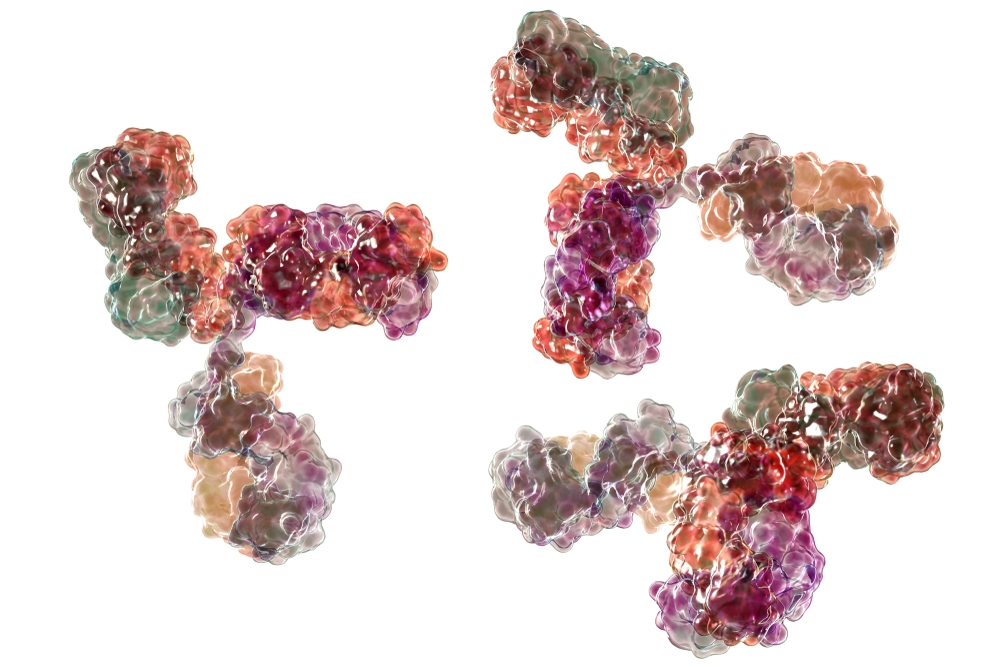MOUSE ANTI-HUMAN METAPNEUMOVIRUS (4811)
Human Metapneumovirus antibody (4811) is specific for matrix protein of Human Metapneumovirus. The antibody does not cross react with Respiratory Syncytial virus, Influenza A, Influenza B, Parainfluenza viruses 1, 2 & 3 or Adenovirus. This antibody is suitable for use and ELISA and IFA techniques. It is also suitable for as a capture antibody with MAB12287 (4821) in Lateral flow applications.
PRODUCT DETAILS – MOUSE ANTI-HUMAN METAPNEUMOVIRUS (4811)
- Mouse anti Human Metapneumovirus Matrix protein monoclonal IgG1 antibody (clone 4811).
- Greater than 95% purity by SDS-PAGE and buffered in PBS, pH7.2.
BACKGROUND
Human Metapneumovirus (HMPV) is an enveloped, negative single-stranded RNA virus belonging to the genus Metapneumovirus, of the family Pneumoviridae. HPMV is closely related to Respiratory Syncytial virus (RSV), which belongs to the genus Orthopneumovirus within the same family (Alfonso, CL).
Human Metapneumovirus is globally widespread and seasonal in temperate climates, being most active from winter to spring. Genomic analysis has shown that HMPV exists as two genotypes A and B, which are further divided into subgroups A1, A2 and B1, B2. Each of these subgroups has a distinct geographical distribution but may circulate separately or concurrently (Boivin, G). Transmission of HPMV from person-to-person predominantly occurs through contact with airborne droplets from an infected individual, produced by coughing or sneezing. It can also be spread through contact with contaminated hands or surfaces.
Identified in 2001, HPMV, is one of the most common causes of paediatric lower respiratory tract infection. However, the virus can affect individuals of all ages infecting the upper or lower respiratory tract. The symptoms of HPMV infection include coughing, fever, wheezing and shortness of breath but in some cases bronchitis or pneumonia can develop. HMPV can cause severe life-threatening illness in paediatric, geriatric and immunocompromised patients (CDC).
REFERENCES
- Afonso CL et al. 2016. Taxonomy of the order Mononegavirales: update 2016. Arch Virol. Aug;161(8):2351-60
- Boivin G et al. 2004. Global genetic diversity of human metapneumovirus fusion gene. Emerg Infect Dis. Jun;10(6):1154-7
- Centers for Disease Control and Prevention: The national respiratory virus and enteric virus surveillance system. Human metapneumovirus (HPMV) clinical features.

